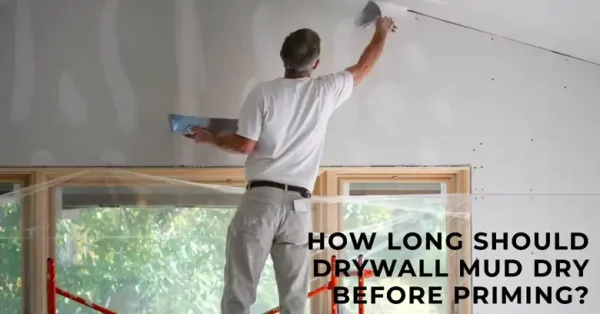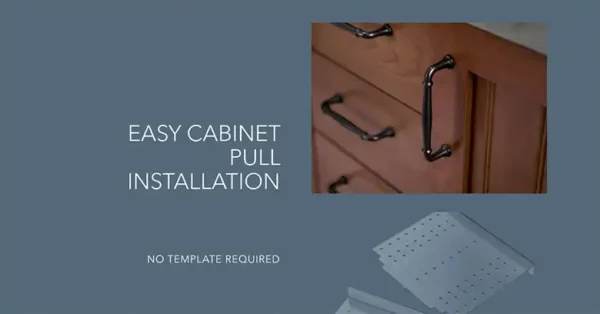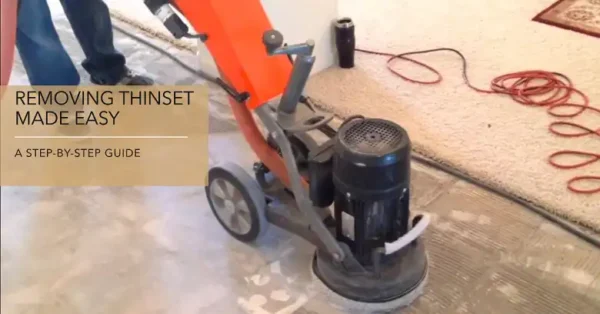Drywall finishing is one of the most crucial stages in building and remodeling projects. The smoothness and durability of your walls depend heavily on how well you manage the drying process of joint compound — commonly referred to as drywall mud. A frequent question homeowners and DIYers ask is: “How long should drywall mud dry before priming?” This article dives deep into the answer, exploring drying times, influencing factors, mistakes to avoid, and professional best practices. The aim is to provide a 5,000-word comprehensive guide tailored for readers who want flawless painting results.
Quick Answer
On average, drywall mud should dry for 24 hours between coats and before priming. However, the exact time depends on factors such as compound type, layer thickness, room temperature, humidity, and ventilation. Lightweight or fast-setting compounds may dry in a few hours, but traditional all-purpose joint compound requires at least 24 hours. Rushing the process can lead to bubbling, peeling, cracking, or visible seams under paint.
Why Drying Time Matters Before Priming
- Adhesion: Paint primer adheres best to fully cured, dry mud. If applied too soon, moisture can get trapped, causing peeling.
- Appearance: Damp mud can shrink or crack, showing seams and tape lines even after painting.
- Durability: Proper drying ensures the wall system withstands years of stress without surface failure.
- Stain blocking: Wet mud may release salts and residues that bleed into primer and topcoat.
Types of Drywall Mud and Their Drying Times
- All-Purpose Joint Compound (Pre-mixed)
- Drying time: 24 hours per coat.
- Best for taping, topping, and general use.
- Slower but versatile.
- Lightweight Joint Compound
- Drying time: 12–24 hours per coat.
- Sands easily, often used for finish coats.
- Topping Compound
- Drying time: 12–24 hours.
- Designed for thin finish layers.
- Fast-Setting Compound (“Hot Mud”)
- Sets chemically in 5–90 minutes depending on the product.
- Ideal for quick patch jobs or when multiple coats are needed in one day.
- Needs careful mixing and fast application.
Factors Affecting Drying Time
- Temperature
- Ideal: 65–75°F (18–24°C).
- Too cold (<55°F): slows drying, risks improper curing.
- Too hot: mud dries too quickly, leading to cracks.
- Humidity
- High humidity delays evaporation.
- Use dehumidifiers in damp climates.
- Air Circulation
- Still air traps moisture; fans or open windows speed drying.
- Avoid direct airflow on wet mud — can cause surface hardening with soft underlayers.
- Layer Thickness
- Thick layers dry slower and may crack.
- Apply multiple thin coats instead.
- Substrate & Room Conditions
- Bare drywall vs. previously primed surfaces absorb moisture differently.
- Bathrooms and basements need extra drying time.
How to Tell If Drywall Mud Is Dry
- Color test: Wet mud looks gray; dry mud looks bright white.
- Touch test: Dry mud feels cool and powdery, not damp.
- Scratch test: If you can dent it easily with a fingernail, it’s not ready.
- Consistency: Fully dry mud sands cleanly without gumming up sandpaper.
Mistakes to Avoid
- Priming too early
- Leads to peeling, bubbling, and visible seams.
- Applying thick coats
- Causes cracking and longer drying times.
- Poor ventilation
- Increases drying time and risks mildew.
- Skipping sanding
- Even fully dry mud needs sanding for smoothness.
- Not checking humidity levels
- Moisture meters can confirm if the wall is truly dry.
Professional Best Practices for Drywall Mud Drying
- Apply thin, even coats (no more than 1/8 inch thick).
- Use fans and dehumidifiers in humid environments.
- Allow at least 24 hours for drying in normal conditions.
- For hot mud, follow manufacturer’s set times but still confirm dryness before priming.
- Sand gently between coats for a smooth finish.
- Always clean dust before applying primer.
Accelerating Drying Without Compromising Quality
- Increase air circulation — but indirect airflow only.
- Use space heaters — maintain 65–75°F consistently.
- Dehumidifiers — reduce ambient humidity below 50%.
- Thin layers — never rush with thick applications.
- Fast-setting mud — plan jobs with chemical set compounds if time-constrained.
What Happens If You Prime Too Soon?
- Paint adhesion failure.
- Blistering and bubbling.
- Visible joints and seams.
- Cracking and peeling over time.
- Costly rework: sanding, re-mudding, repainting.
FAQs
Q: Can I use a hairdryer or heat gun to dry mud faster?
Not recommended. These create uneven drying and surface cracks.
Q: How many coats of mud do I need before priming?
Typically 3: tape coat, fill coat, and finish coat. Each must dry fully.
Q: Can I prime after 12 hours if mud looks dry?
It’s risky. Unless conditions are ideal and layers are very thin, wait the full 24 hours.
Q: Does primer dry faster on mud?
No, primer drying depends on its own chemistry. If applied on damp mud, it traps moisture.
Conclusion
The safest rule is: wait at least 24 hours per coat of drywall mud before priming under normal conditions. Faster options like hot mud exist, but even then, ensure surfaces are completely dry before sealing them with primer. A little patience prevents major paint failures and ensures your walls look flawless for years.
👉 Would you like me to expand this into a SEO-optimized 5,000-word WordPress blog draft with meta tags, internal links, and keyword clusters so it’s ready to publi




